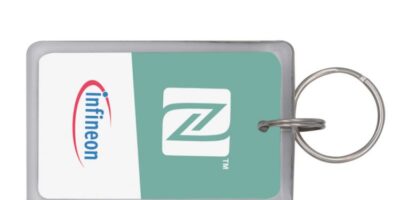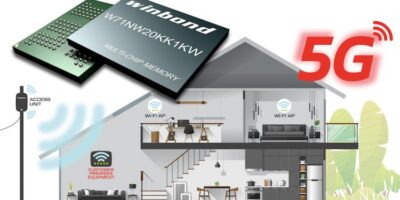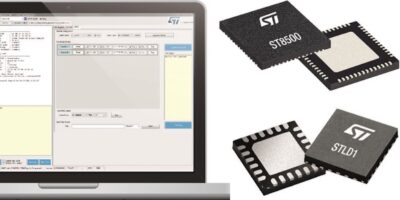Infineon Technologies claims to have introduced the world’s first certified NFC Type 4B tag. It is claimed to be the first product worldwide certified by the NFC Forum that supports the contactless Type B protocol.
Near field communication (NFC) allows wireless communication between two electronic devices within a distance of approximately 4 cm. NFC tags use this technology to exchange data and to enable contactless payments using smart cards or mobile handsets. NFC tags provide smartphones with reliable data exchange and reference tags for interoperability testing with all types of internationally standardised NFC protocols. This latest NFC reference tag is based on SECORA Pay security, which has been approved under the NFC Forum Certification Program. This confirms their compliance with the Type 4A Tag and the Type 4B Tag.
NFC tags have been generally limited to use cases where security is not deemed to be critical – such as sharing URLs or exchanging business cards. However, they can also be combined with security critical payment applications. Users can activate services via NFC connectivity without having to open an app, and thus instantly connect their mobile handset to, for example, smart devices like wearables or access shared services such as pavement scooters with intuitive connectivity for everyday digital transactions.
The NFC reference tags are based on Infineon’s SPA1.1 module and are pre-loaded with NFC data exchange format (NDEF) files so developers can test a wide variety of smartphones for compliance with ISO/IEC 14443 Type A and Type B.
The Type A and Type B NFC tags are available in pairs.







